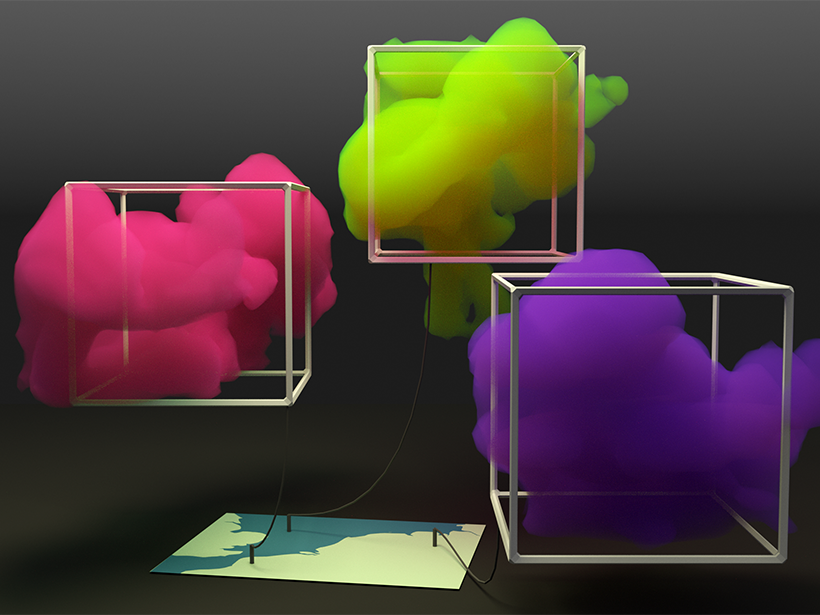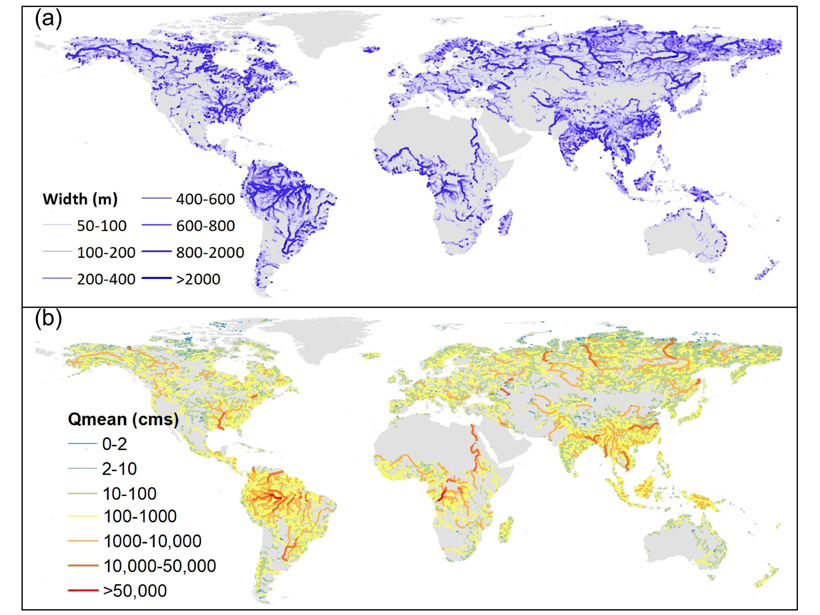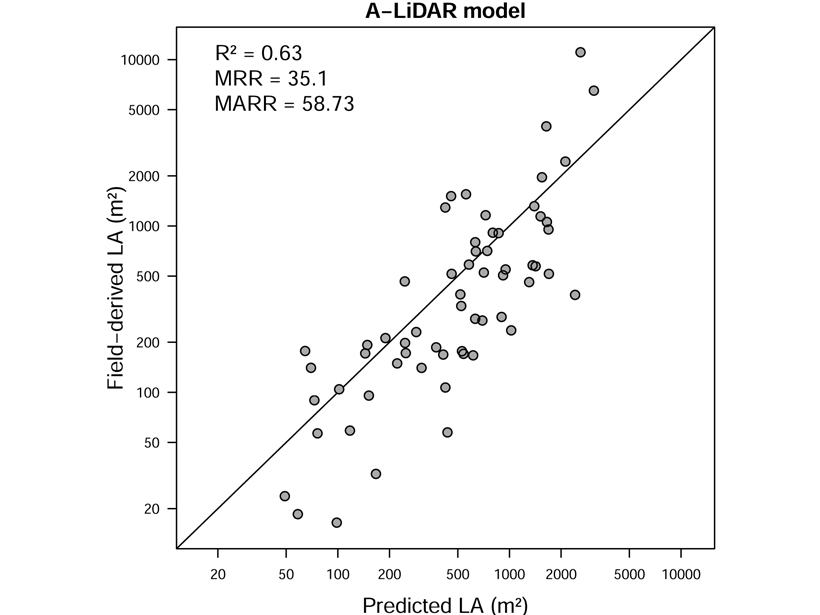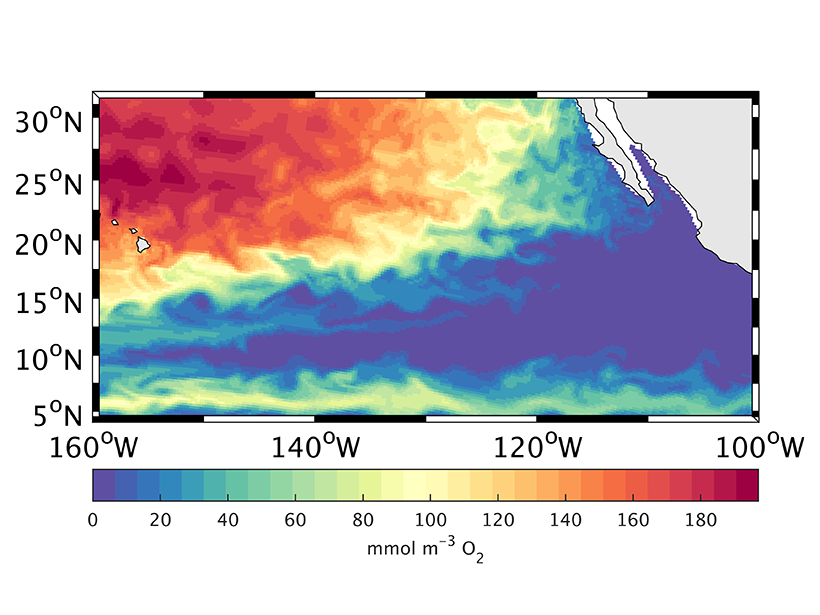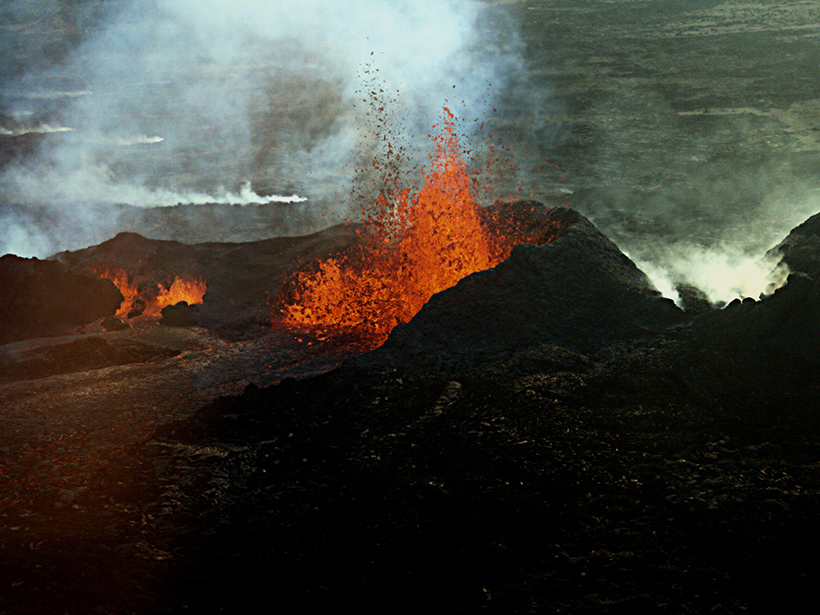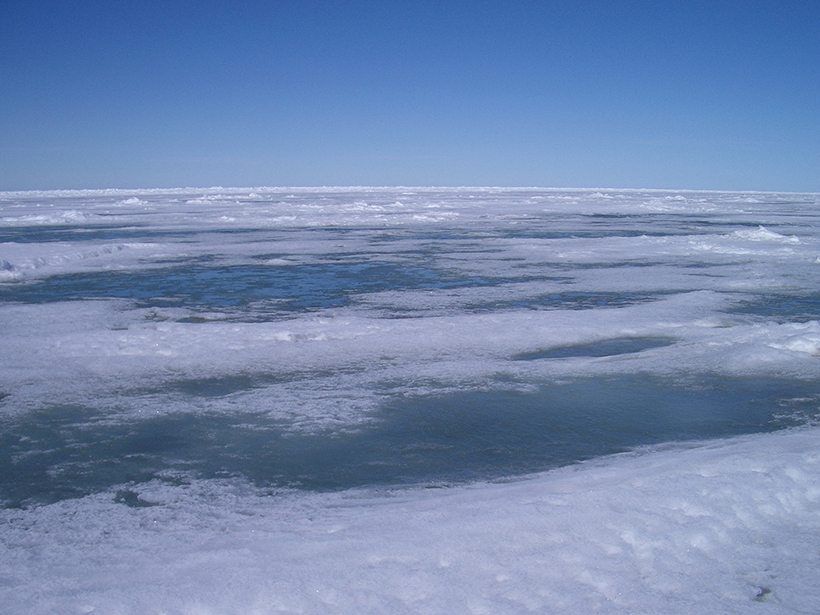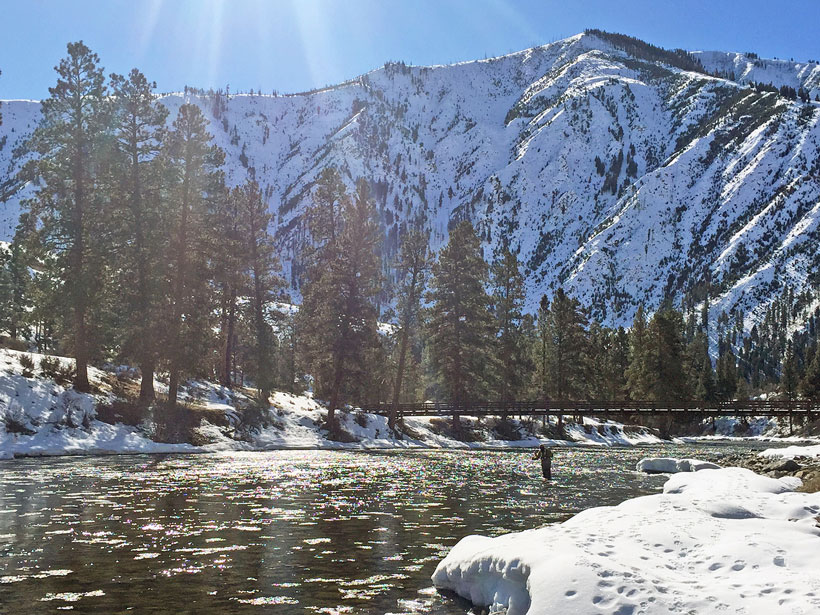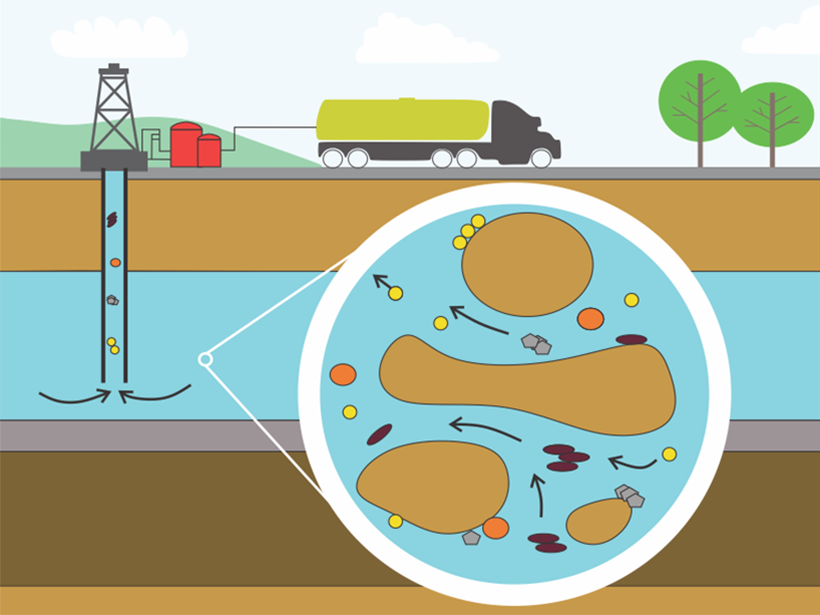Climate models struggle to accurately portray clouds because the models cannot resolve the scales at which clouds form. A new study demonstrates a potential fix for the problem.
Modeling
Reconstructing Natural Streamflow at Unprecedented Resolution
A new research effort has mapped 35 years of naturalized streamflow for 2.94 million river reaches worldwide: an invaluable dataset for hydrology, biogeochemistry, ecology, and remote sensing.
Tropical Forests May Have More Canopy Than Previously Thought
A rare attempt to directly estimate leaf area in a tropical African broadleaved forest suggests that there may be more tree foliage than previously estimated.
How the Ocean’s “Shadow Zone” Breathes
A new study uses Argo floats and an ocean circulation model to track the sources supplying pulses of oxygen to the deep North Pacific.
Past Climate Sensitivity Not Always Key to the Future
New research suggests that changes in continental configuration, solar brightness, and background atmospheric carbon dioxide levels all conspire to drive Earth’s climate sensitivity over geologic time.
Crystal Clocks Serve as Stopwatch for Magma Storage and Travel Times
Magma stored for 1,000 years in an Icelandic volcano journeyed to the surface in just 4 days.
Capturing Snowmelt Patterns from Cloudy Satellite Images
A new modeling strategy could improve streamflow predictions in places where mountain snow is a critical source of water.
A Nearly 100-Year-Old Physics Model Replicates Modern Arctic Ice Melt
The model was previously used to describe the behavior of ferromagnets in the presence of external magnetic fields.
Bringing Climate Projections Down to Size for Water Managers
Hydrologists are creating watershed-scale projections for water resources managers and tools that managers can use to plan for the effects of climate change.
Treating Colloids as Clusters Better Predicts Their Behavior
New research suggests that an accurate prediction of colloidal particle mobilization in the environment should account for the effect of clustering.

